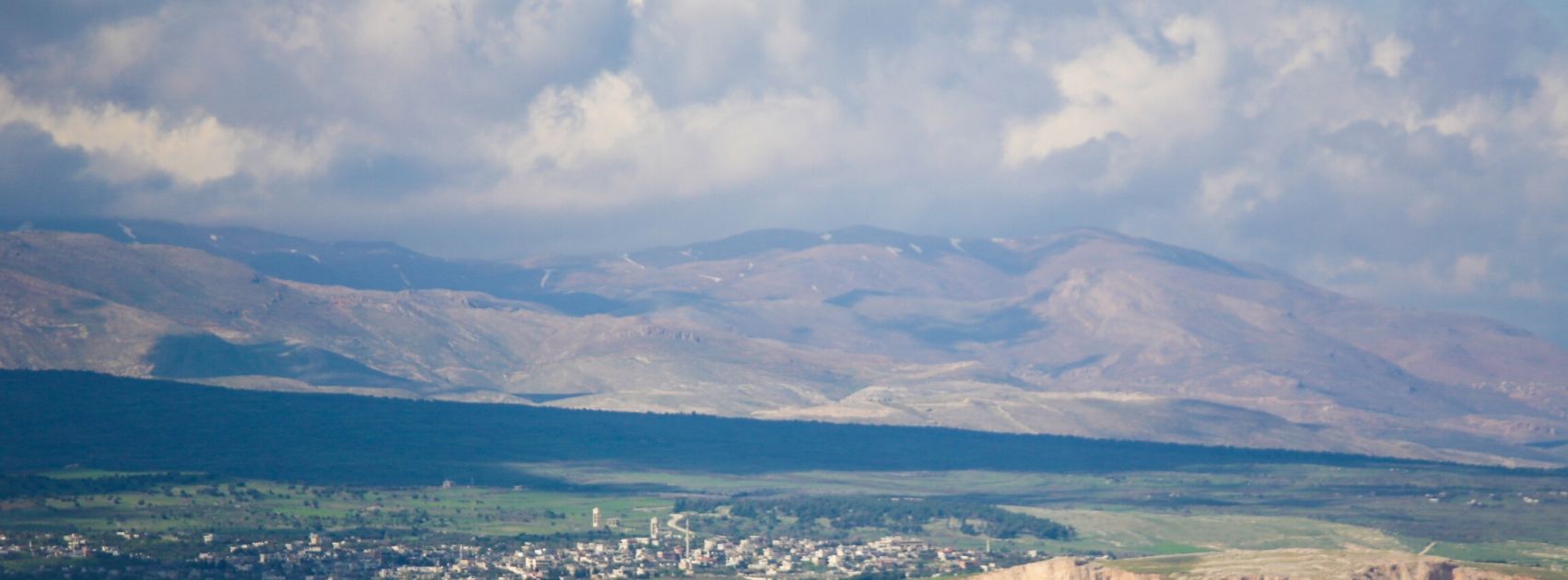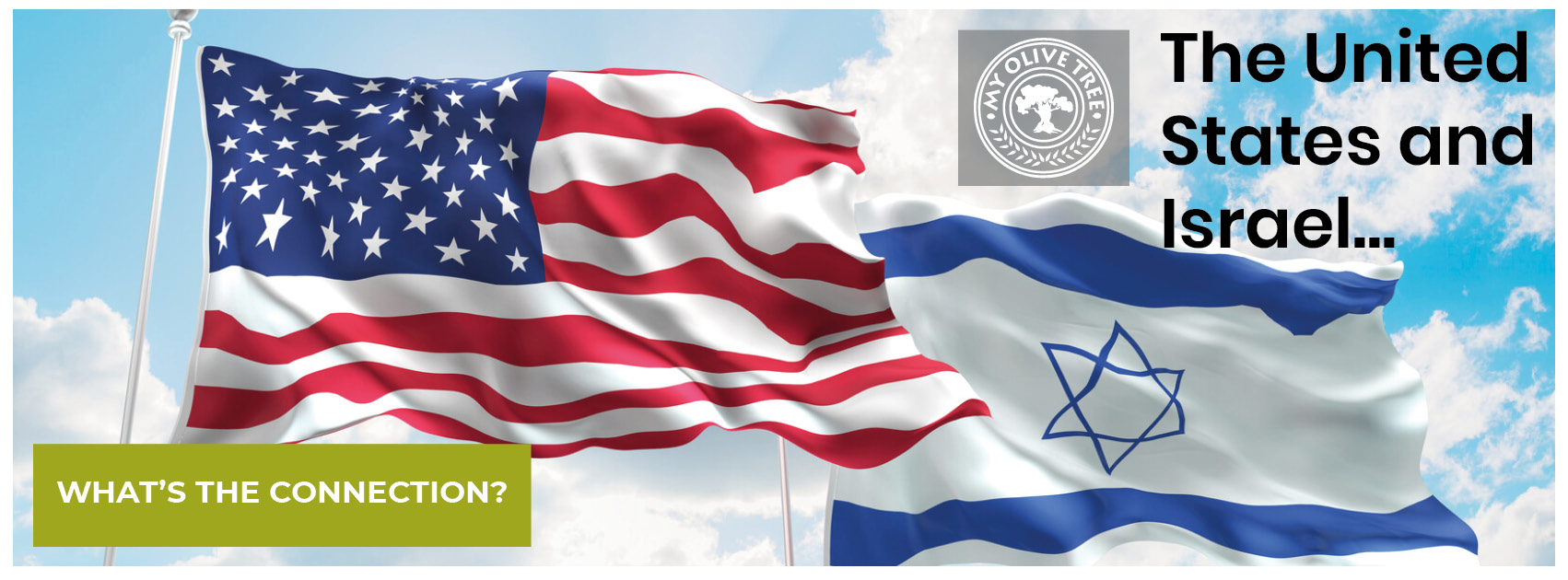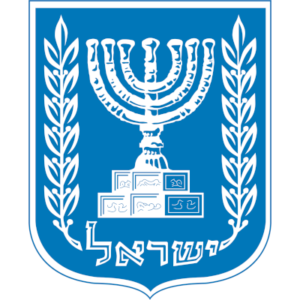The Golan Heights is politically, economically, historically, and strategically important—due primarily to its location. It is also the most heavily disputed area in the Middle East, aside from the West Bank, for the same reason.
Whoever has sovereignty over the Golan Heights has control. Therefore, we must be strategic about the governmental leadership we choose to support as it relates to the Golan Heights.
Why?
- Because if we aren’t strategic with our support, the borders and economy of our nation are in jeopardy.
When Did President Trump Declare Israel’s Sovereignty over the Golan Heights?
On March 25, 2019, President Donald J. Trump declared that the United States supports Israel’s sovereignty over the Golan Heights, which was seized from Syria in 1967.
This highly controversial declaration was the second major pro-Israel move Trump has made over an 18-month period. The first was President Trump’s decision in December 2017 to recognize Jerusalem as the capital of Israel and to move the United States Embassy from Tel Aviv to the city of Jerusalem.
The 2 Major Moves by President Trump Recognizing Israel’s Sovereignty
1. Trump’s recognition of Jerusalem as Israel’s capital
2. Trump’s recognition of the Golan Heights as part of Israel
These two major moves by the United States president cost him popularity among the Arab leaders as well as some in the UN; however, he did this knowing it brought safety to America’s borders and ensured a stronger economy. Israel and the United States have shared military intelligence for years, which has brought safety to both nations—and President Trump’s decision does not seem to be wavering as it relates to this strong alliance.
- Read HERE about how the United States and Israel join in military training efforts.
- Read HERE to discover how Israeli tank technology saved American lives.
Trump’s declaration of the Golan Heights belonging to Israel and the move of the United States Embassy also were in part due to the shared ideology between the two nations—as Israel is the only democracy in the Middle East.
Why Is the Golan Heights Disputed?
Biblical Times
The dispute dates back to biblical times, as the Golan region is referred to in the Bible as Bashan, derived from the city of “Golan in Bashan” (see Deuteronomy 4:43; Joshua 21:27). In Joshua 13:29-31, the region was assigned by Moses to the half tribe of Manasseh.
In the First Temple times, there was a dispute over the area between the northern kingdom of Israel and the Aramean kingdom.
The dispute has ebbed and flowed for well over 2,000 years. After World War I, the Golan area was under the French mandate of Syria.
1960s
Since Israel’s inception in 1948, her neighbors have consistently posed a threat to her existence. The Syrians pressed into Israel during what would later become known as the Six-Day War.
Israel fought back, seizing the land and capturing part of the Golan in 1967. Since then, Syria has been plotting to regain control.
1970s
With help from Egypt, Syria tried to take the Golan Heights in the 1973 Yom Kippur War, but was unsuccessful. A cease-fire went into effect in 1974. As a result, the Golan Heights area remained somewhat quiet for decades.
2000s
In 2000, the matter was brought up again, and talks of renegotiation were on the table, though Syria pressed for control. Because of the Golan Heights military vantage point, Israel did not budge. Negotiations failed.
Why Is the Golan Heights Important to Israel?
There are three major reasons the Golan Heights region is important to Israel—security, economy, and history.
1. Security. Due to the ongoing civil war in Syria, the instability poses a threat to neighboring nations—mainly Israel. There was an uprising in 2011 against the regime of President Bashar al-Assad from anti-government protestors who were angered about the condition of the Syrian nation. They had grown frustrated with unemployment, decades of dictatorship, governmental corruption, and violence.
Logically, Israel also has concerns with the Syrian ally, Iran, seeking to establish itself in the Golan Heights region in order to gain greater access and attack.
2. Economy. The Golan Heights region contributes to approximately one-third of Israel’s entire water supply. If Israel is not in control of the Golan, their water supply will be lowered, which would impact farming and the economy, and the quality of the water could be in danger as well.
Syria’s rivers and other water sources are drying up. The nation has not been able to mitigate drought conditions that impact their economy. The rivers are being depleted of water, farmers are forced to move to cities, and there is no available work due to unemployment issues.
3. History. As mentioned earlier, the Golan Heights area, referred to as “Golan in Bashan,” is mentioned in the Bible and was assigned to the tribe of Manasseh.
- “Bezer in the wilderness on the plateau for the Reubenites, Ramoth in Gilead for the Gadites, and Golan in Bashan for the Manassites.”—Deuteronomy 4:43
- “Also to the children of Gershon, of the families of the Levites, from the other half-tribe of Manasseh, they gave Golan in Bashan with its common-land (a city of refuge for the slayer), and Be Eshterah with its common-land: two cities;”—Joshua 21:27
- “Moses also had given an inheritance to half the tribe of Manasseh; it was for half the tribe of the children of Manasseh according to their families: Their territory was from Mahanaim, all Bashan, all the kingdom of Og king of Bashan, and all the towns of Jair which are in Bashan, sixty cities; half of Gilead, and Ashtaroth and Edrei, cities of the kingdom of Og in Bashan, were for the children of Machir the son of Manasseh, for half of the children of Machir according to their families.”—Joshua 13:29-31
The area was contested between the Israelis and the Arameans. The king of Israel, Ahab, defeated Ben-Hadad I of Aram near the southern part of the Golan.
- “So it was, in the spring of the year, that Ben-Hadad mustered the Syrians and went up to Aphek to fight against Israel. And the children of Israel were mustered and given provisions, and they went against them… And Ben-Hadad fled and went into the city, into an inner chamber.”—1 Kings 20:26-27, 30
Who Lives in the Golan Heights?
More than 40,000 people live in the Golan Heights region of Israel. After Israel annexed the Golan Heights in 1981, the nation offered citizenship to the Druze residents, as their population makes up about half of the 40,000 who live there. Most declined citizenship.
About another 20,000 Israeli settlers also live there.
Who are the Druze?
The Druze are an Arab minority who practice a branch of Islam and are known to be loyal to the Assad regime.
In Summary…
As you can see, there are a number of reasons the Golan Heights is strategically important—politically, economically, and historically. The area has long been disputed, but the fact remains that Israel will fight for her land and her right to exist.
And we can support her in her fight, because if we do not, a hedge of protection will be lifted from our own borders.
As Golda Meir said, “Israel will not die so the world will speak well of it.” Let’s make Israel’s voice louder. Let’s make your voice louder.
Get your FREE Israel Investment Guide and discover more about Israel’s important relationship with the United States.








